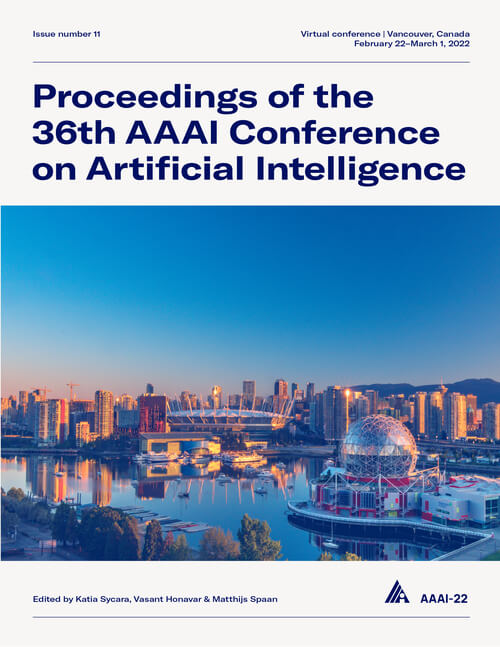Tracing Text Provenance via Context-Aware Lexical Substitution
DOI:
https://doi.org/10.1609/aaai.v36i10.21415Keywords:
Speech & Natural Language Processing (SNLP), Domain(s) Of Application (APP)Abstract
Text content created by humans or language models is often stolen or misused by adversaries. Tracing text provenance can help claim the ownership of text content or identify the malicious users who distribute misleading content like machine-generated fake news. There have been some attempts to achieve this, mainly based on watermarking techniques. Specifically, traditional text watermarking methods embed watermarks by slightly altering text format like line spacing and font, which, however, are fragile to cross-media transmissions like OCR. Considering this, natural language watermarking methods represent watermarks by replacing words in original sentences with synonyms from handcrafted lexical resources (e.g., WordNet), but they do not consider the substitution’s impact on the overall sentence's meaning. Recently, a transformer-based network was proposed to embed watermarks by modifying the unobtrusive words (e.g., function words), which also impair the sentence's logical and semantic coherence. Besides, one well-trained network fails on other different types of text content. To address the limitations mentioned above, we propose a natural language watermarking scheme based on context-aware lexical substitution (LS). Specifically, we employ BERT to suggest LS candidates by inferring the semantic relatedness between the candidates and the original sentence. Based on this, a selection strategy in terms of synchronicity and substitutability is further designed to test whether a word is exactly suitable for carrying the watermark signal. Extensive experiments demonstrate that, under both objective and subjective metrics, our watermarking scheme can well preserve the semantic integrity of original sentences and has a better transferability than existing methods. Besides, the proposed LS approach outperforms the state-of-the-art approach on the Stanford Word Substitution Benchmark.Downloads
Published
2022-06-28
How to Cite
Yang, X., Zhang, J., Chen, K., Zhang, W., Ma, Z., Wang, F., & Yu, N. (2022). Tracing Text Provenance via Context-Aware Lexical Substitution. Proceedings of the AAAI Conference on Artificial Intelligence, 36(10), 11613-11621. https://doi.org/10.1609/aaai.v36i10.21415
Issue
Section
AAAI Technical Track on Speech and Natural Language Processing

